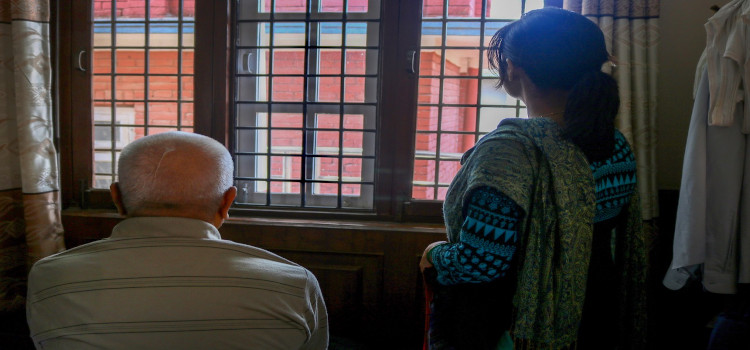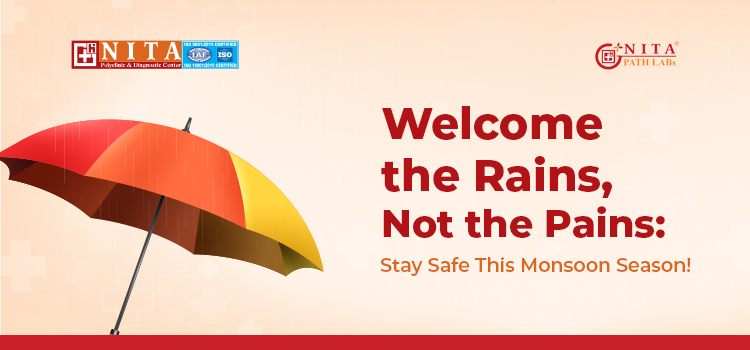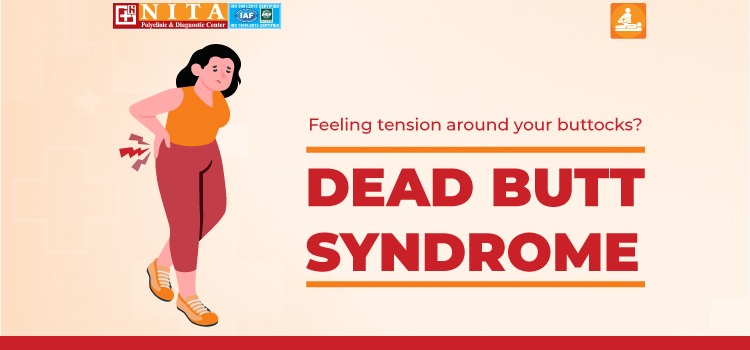What Exactly is Agoraphobia?
- 2019-08-15
Sarina Rajbanshi cannot remember exactly when it all started. But a few years ago, her father, Kamal Rajbanshi, started skipping social gatherings. He would make excuses to avoid anything that required him stepping outside his home. Sarina was concerned but having lost her mother to a tragic accident the same year, she thought he had become a social recluse because of the incident—until he stopped talking to anyone without her around.
“At first, I thought he didn’t want to go out because of the pain in his knees, which he used to often complain about,” Sarina says. But later when he refused to even visit his sister, someone he used to be very fond of, she suspected his behaviour was more than just grief. Five years later, he was diagnosed with agoraphobia and generalised anxiety disorder .
Kamal, 62, and Sarina live in an old two-storey house where the doors rarely open for social interactions. Like other agoraphobics, he fears and avoids situations that might cause him panic, make him feel trapped, helpless or embarrassed.
“He hasn’t left the house and talked to his friends or close relatives in months. He used to love travelling, but now he just sits in his living room all day, with the radio and television turned on simultaneously,” says Sarina.
Whenever he comes in sight of something or someone vaguely unfamiliar to him, his body breaks into a cold sweat. He outrightly refuses to leave the safety of his home. “I know someone is waiting to rob me if I step outside, just like they robbed my wife five years back,” he says.
His wife had died during a robbery in the streets of Rajbiraj. While escaping, one of the robbers had pushed her, and she had hit her head on a nearby stone lying on the road. She passed away later that evening of a cranial fracture. Though Rajbanshi had already been showing signs of the phobia before the incident, doctors believe the traumatic event triggered it further.
Sarina says that these delusions not only make him defensive of his decision to not leave the house but also very aggressive when he’s forced to do so.
The phobia's severity in Rajbanshi’s life extends to a point that it has turned his entire schedule upside down. Where he used to be a deep sleeper, now he wakes up for the slightest of disturbances. His eating habits have changed, but not in the best way. He snacks every hour, and barely walks, leaning him on the brink of obesity. Besides that, whenever he even tries to step outside, he starts feeling dizzy, has bouts of shortness of breath, increased heart palpitation and sometimes, even hallucinations.
However, Rajbanshi’s case isn’t rare. According to Dr Pushpa Prasad Sharma, a psychiatrist practising in Om Hospital, the number of patients diagnosed with agoraphobia and generalised anxiety disorder—among people aged 60 and above—has significantly increased in the last five years. Anxiety disorders like agoraphobia is among the top three most common mental disorders seen in older adults, after depression and Alzheimer’s, he says.
Despite the increasing number of people reaching out for help in medical institutions, Dr Sharma suspects that more than half the number of people suffering from anxiety disorders aren’t even aware of it.
“Most of the times, neither the patient themselves nor their family is mindful of what is happening. Because the nature of the disorder in elderly people is so passive, a large number of afflicted go undiagnosed,” says Sharma.
In comparison to younger people suffering from agoraphobia, older people have tendencies that are much quieter and easier to cloak. But, even though the intensity of the disorder in the elderly is low, the impact is palpable. Yet, because the severity of these anxiety disorders is undermined, it’s symptoms are not taken seriously and neglected.
Narendra Upreti also shares the same symptoms as Rajbanshi. The 68-year-old was diagnosed with agoraphobia and general anxiety disorder six months ago. Since the death of his wife in 2016, he has been living alone in a dusty flat where he rarely lets anyone in. He shared with the Post, “I feel the safest in my house. Every time I go out, I have a constant fear of something going terribly wrong which usually ends in several panic attacks. I go out once or twice in a couple of months, that too only if it’s very necessary.”
Unlike Rajbanshi, Upreti seems to be diffident and extremely timid when it comes to being defensive about his phobia. However, his territorial instincts kick in as soon as someone enters his room. “It upsets me when people touch my things. Anger jolts through my body, but the next moment, a wave of despair waves through me and I break down.” This tells us about the varying nature of the phobia.
Adyut Singh also shares that his mother too has also been struggling with severe anxiety. “For the last couple of months, my mother has been very pessimistic and avoids going out at all,” he says. “We had planned to take her to a psychiatrist, but she refuses to accept that she needs help at all.”
While some young adults like Singh have acknowledged the possibility of their guardian suffering from anxiety, the rest have either disregarded the changes in their behaviour or just labelled them irascible.
“I tried to explain the fear I had to my son. But he kept calling me irrational and tried to push me out of the house despite my discomfort. Eventually, I moved out from my own house,” said Sworupraj Khadgi, 73, who now lives with his nephew. He is encouraged by his nephew and his wife to attend counselling sessions every week.
Before Khadgi moved in with his nephew, his phobia and the unhealthy relationship that he had with his son started to take a toll on his life.
“Since he didn’t meet other people and had a bad relationship with his son, he had no one to talk to and share things with. He felt lost, had multiple panic attacks and choking accidents, and thought everyone he met wanted to kill him. He eventually became an alcoholic. That’s also why we took him in,” says Saransh Khadgi, his nephew.
Dr Sharma says factors like loneliness, emptiness, hypertension, and exclusion from family trigger agoraphobia and other anxiety disorders. Like Khadgi, a lot of elderly people don’t receive adequate time, love and support from their children.
“After you reach a certain age, you become more worrisome and fearful. Hence, a lot more attention and care should be given to elderly people. If they start feeling lonely and homebound, they’ll develop a fear that will take over their lives completely,” says Sharma.
In some cases, the phobics themselves agree to have hidden their phobias from their family. Upendra Labh, 65, and Parmeshwar Regmi, 68, say although they have been struggling with going out of their homes, they do not plan to share it with their families. While Labh doesn’t want to financially burden his family, Regmi doesn’t want his daughters to worry about him.
But this poses more danger to these elderly people because even after getting diagnosed with agoraphobia, there’s no exact cure for it. But it’s possible to minimise their condition from getting worse.
“There are medications and therapy sessions that elderly people can opt for,” Sharma says. It might take time, but these therapies are usually very effective.
While agoraphobia in the elderly isn’t something new and unheard of, it has been affecting a larger population in the last few years according to the WHO. Their statistics show that more than 20 percent of adults aged 60 and above suffer from mental disorders. Among them, three percent suffer from anxiety disorders and among them, 4 percent have agoraphobia and generalised anxiety disorder. These numbers aren’t negligible. Agoraphobia is ubiquitous and can be seen as a new age epidemic in older adults.
Source: Kathmandu Post Published at : August 15, 2019



























Leave Comment